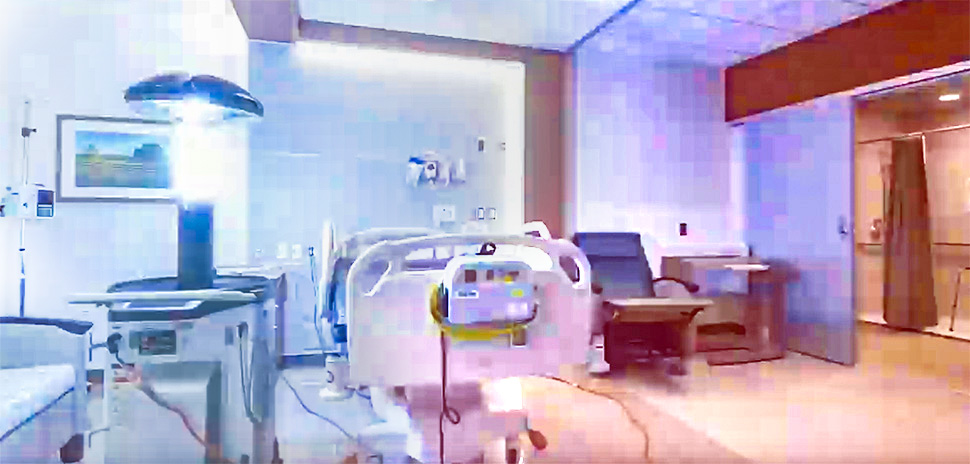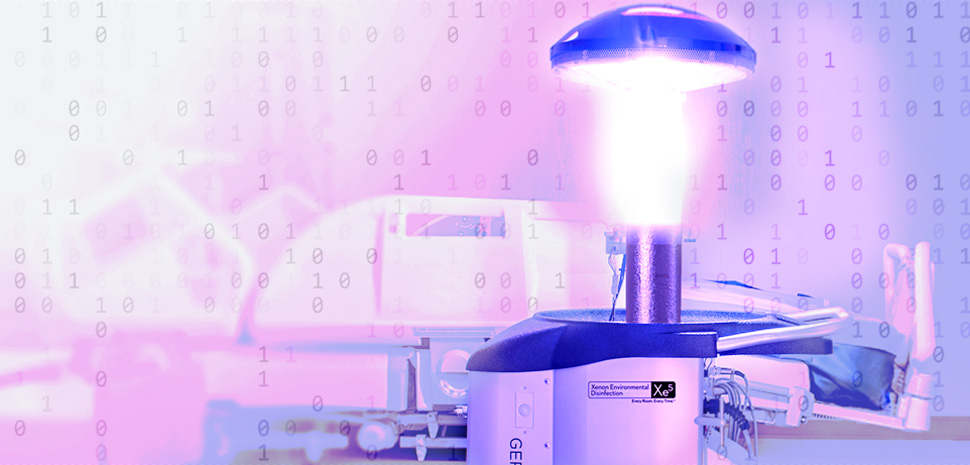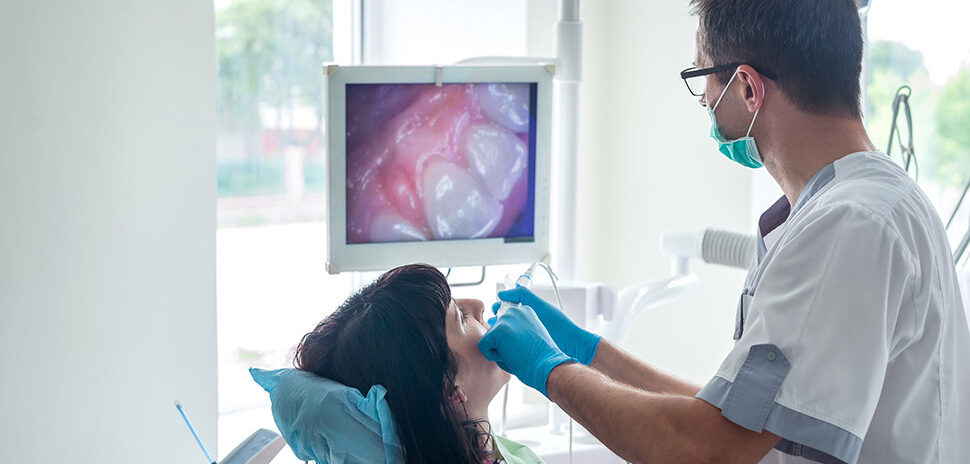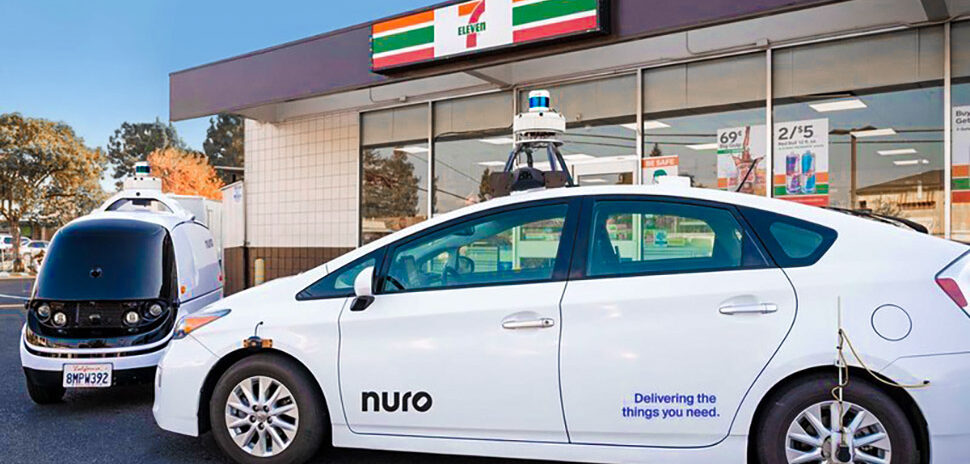The COVID-19 outbreak has prompted surging interest in robotics to address some of the big challenges posed by the pandemic. One Texas startup in that hospital tech space is Xenex Disinfection Services, which uses its robots and UV light to deactivate viruses, bacteria, and spores on surfaces.
Dallas-based AT&T has teamed up with Xenex to equip the company’s germ-zapping robots with Internet of Things (IoT) connectivity. That will provide data to optimize robot performance for hospitals and other essential businesses. Xenex’s robots, called LightStrike, could help healthcare workers avoid infections as they work and protect patients with additional levels of safety during the COVID-19 pandemic.
“The data we receive from the robots is essential to our epidemiologists, researchers, and engineering team.”
Xenex has deployed disinfection robots to more than 500 hospitals and sent robots to Italy, which has been hit hard by the illness, the company told robotics publication The Robot Report in March.
Xenex robots, which are manufactured in San Antonio and cost about $105,000 each, were used to fight Ebola in 2014.
Fast, accurate data is critical
“The data we receive from the robots is essential to our epidemiologists, researchers, and engineering team,” Paul Froutan, COO for Xenex, said in a statement.
It’s important to get the data quickly and know that it is accurate, Froutan said. The data “helps us analyze how our customers’ disinfection programs are performing, which can have a dramatic impact on their ability to reduce their infection rates.”
That LightStrike data is provided to Xenex through AT&T.
Wirelessly connecting the robots helps to automate the robots’ communication and data transfer processes, Xenex says. That gives Xenex and hospitals access to the information they need, such as documentation on each room the robots disinfect, for how long it is operated, and by whom.
The data can also be used to help hospitals meet their operating protocols and keep the robots in good working order with near real-time maintenance information.

[Video screenshot: via AT&T]
Keeping hospitals as germ-free as possible is always a critical patient safety issue—and an ongoing challenge, the company said. “This reality has only been exacerbated during the COVID-19 crisis.”
That’s never been more apparent than during the COVID-19 pandemic, said Chris Penrose, senior vice president of Advanced Solutions at AT&T, noting that IoT connectivity plays a critical role in healthcare.
For Xenex’s virus-killing robots, that means the AT&T connectivity can help the company “dynamically adapt to a changing business,” he said.
How the germ-killing Xenex robots work
Xenex robots perform environmental disinfection that can be more effective than traditional cleaning methods, according to the company. Hospital staff first physically clean rooms by changing the linens, removing trash, and any visible dirt. Then, they turn on the robot and leave the room.
“The droid-like robot creates intense flashes of pulsed xenon UV light that quickly destroy pathogens on surfaces that may have been missed during the manual cleaning process,” the company said. “A LightStrike robot can disinfect an entire patient room in as little as 10 minutes.”
The robots have been proven effective against not only the most dangerous microorganisms like Ebola and anthrax, but also more common pathogens like MRSA (methicillin-resistant Staphylococcus aureus), Clostridium difficile (C.diff) and influenza. The LightStrike robot has proven effective in deactivating Middle Eastern Respiratory Syndrome (MERS) coronavirus, too, according to a release.
AT&T says it supports the Xenex mission “to save lives and reduce suffering by destroying the deadly microorganisms that cause hospital-related infections.”
And during the COVID-19 pandemic, “it is even more critical to help hospitals achieve infection reduction goals, safeguard patients and employees, and reduce cost,” AT&T said.
![]()
Get on the list.
Dallas Innovates, every day.
Sign up to keep your eye on what’s new and next in Dallas-Fort Worth, every day.


































































